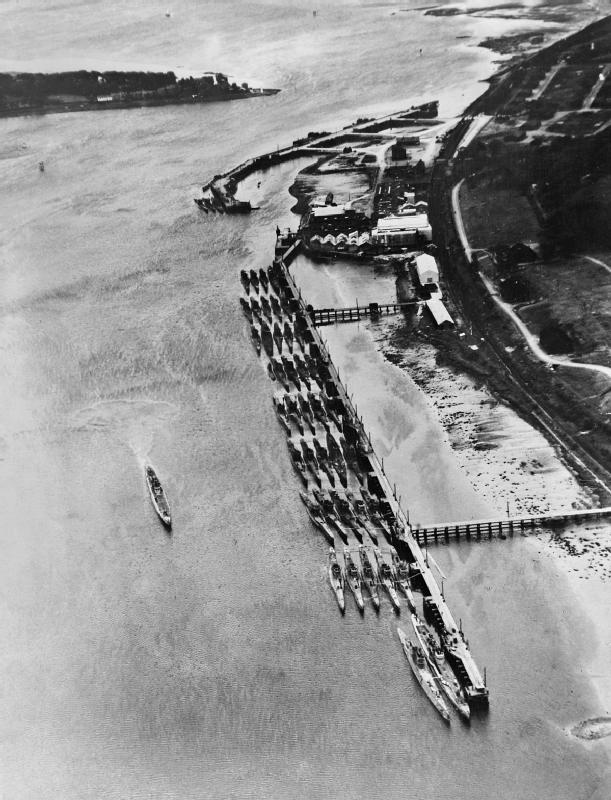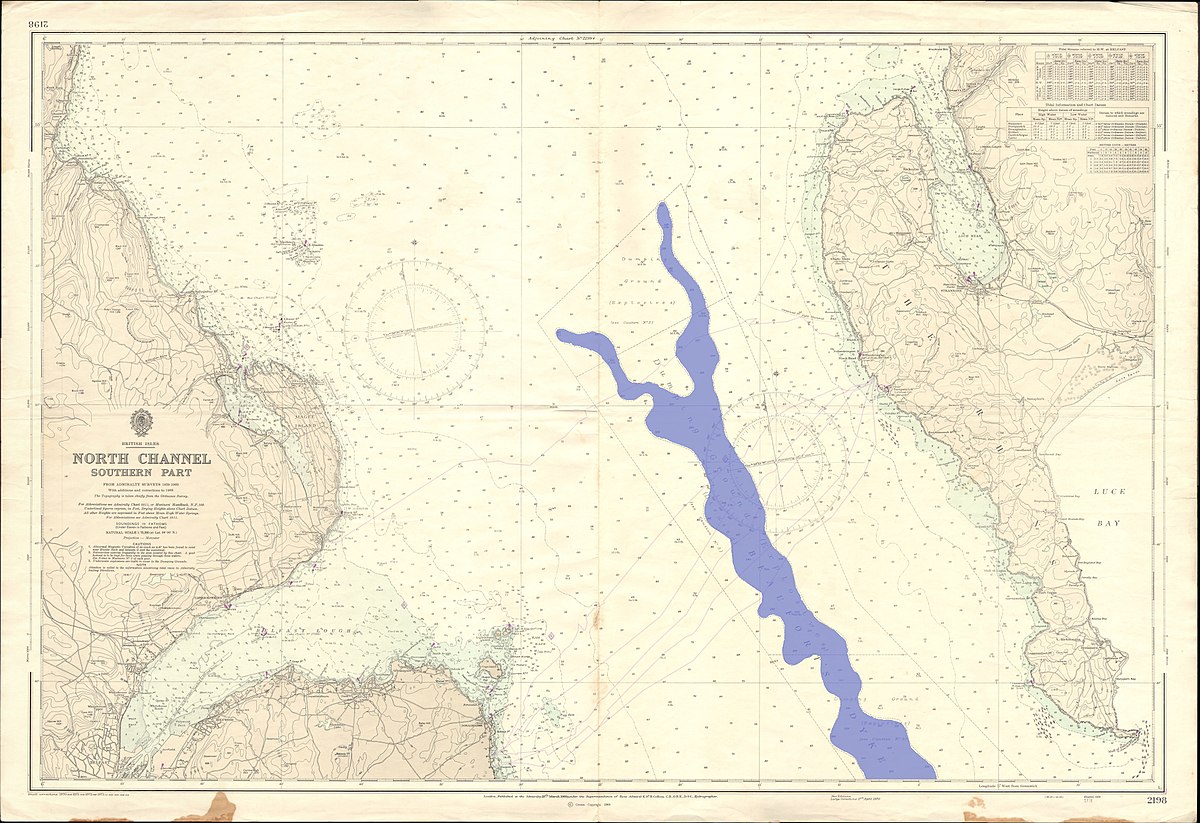yulzari
Tech Sergeant
My understanding is that these were supplied some years afterwards and in a very different form. Their radars went on to serve in Fairey Gannets and then Avro Shackletons until 1991I believe.Avengers served in the FAA into the 50s. Forgive the Wiki: Grumman TBF Avenger - Wikipedia


